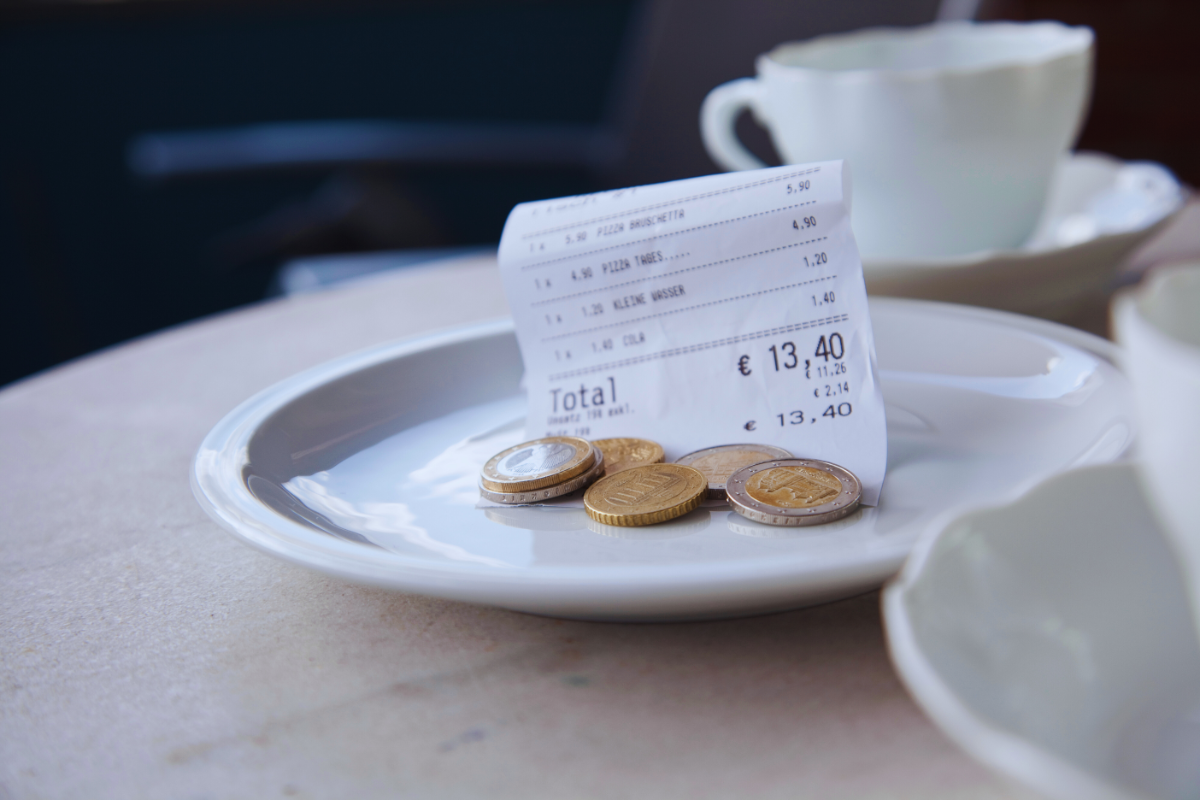How to build an emergency fund since January
One of the most important steps to achieving long-term financial stability is to have an emergency fund. This fund will help you deal with unexpected situations, such as health problems, home repairs, or loss of income, without having to go into debt. Building an emergency fund in January will allow you to start the year on a solid financial footing. Here’s how you can do it effectively.
The first step in building an emergency fund is to determine how much you need to save. A good starting point is to aim to have three to six months of expenses covered in your fund. This can vary depending on your personal situation, such as the size of your family or whether you have a stable source of income. If you don’t know how much you need, make a monthly budget that includes your fixed and variable expenses. Once you have that total, multiply that amount by three or six, and that will be the initial savings goal for your fund.
Once you determine the amount you need, set up a realistic savings plan. Building an emergency fund doesn’t happen overnight, but setting achievable monthly goals will help you do it gradually. If your goal is to save $6,000 and you want to reach it in 12 months, you’ll need to save around $500 a month. If this amount seems too high, start with a smaller amount and gradually increase the amount as your financial situation allows.
Another key strategy for building an emergency fund is to automate the process. Automation helps you stay disciplined and avoid the temptation to spend money you’ve set aside for emergencies. You can set up an automatic transfer from your main account to a savings account specifically for emergencies, as soon as you receive your monthly paycheck. This way, you won’t have to think about doing it manually and the money will grow without you even noticing.
To speed up building your fund, you may also want to consider looking for additional sources of income or cutting back on some of your non-essential expenses. If you have a full-time job, you could explore gig work or freelancing to make extra money, or sell items you no longer need. Also review your subscriptions or monthly expenses on entertainment and services. Making adjustments to your lifestyle to prioritize saving can speed up the process of building an emergency fund.
As your fund grows, make sure the money is in a safe and accessible place. A high-yield savings account can be a good option, as it offers returns on your money but is still easy to access in an emergency. Avoid using the fund for expenses other than emergencies. The key to an emergency fund is that it should only be for unforeseen situations that you can’t control.
Another important aspect to consider when building an emergency fund is to stay motivated. It can be difficult to see big progress at first, but remember that every little bit brings you closer to your goal. Also, keep in mind that this fund doesn’t have to be perfect from the start. The priority is to start building it and make it grow gradually.
Finally, be sure to review your emergency fund every year. As your expenses or financial situation changes, you may need to adjust the amount you’re saving to make sure you always have enough to handle any emergency. Building an emergency fund is an ongoing process, and doing an annual checkup will help you keep it up to date.
In short, building an emergency fund as early as January is a great way to start the year off financially secure. Determine how much you need, set up a savings plan, automate your contributions, and keep the fund in an accessible place. With patience and discipline, your emergency fund will be an invaluable tool in times of need.

